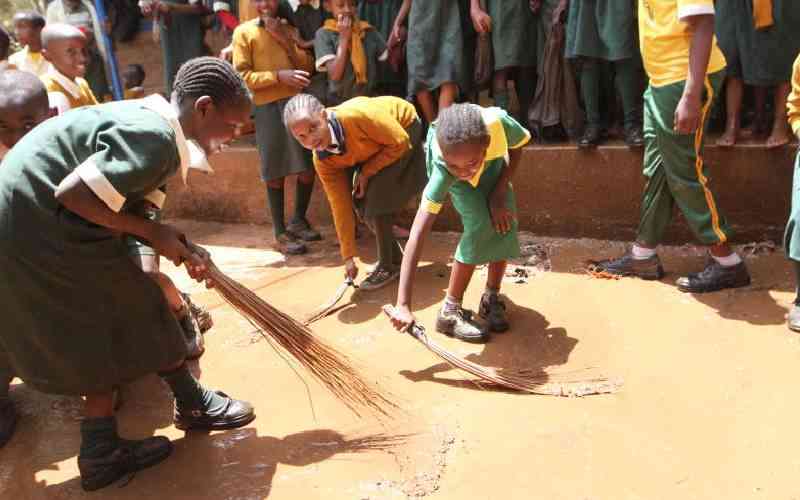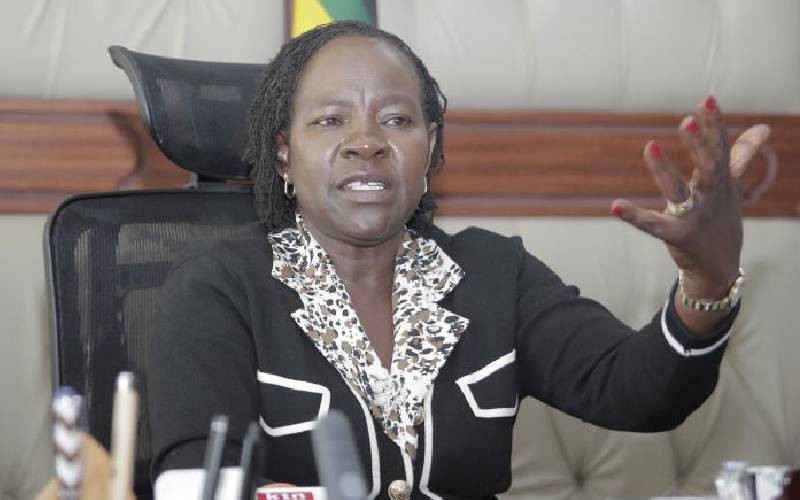A glaring omission in the proposed basic education curriculum framework presented to stakeholders for validation last month is the place of media and information literacy.
This is strange given that the curriculum developing agency, KICD, works closely with Unesco, who have dedicated substantial resources and research over the years and recommended that curricula the world over adopt media and information literacy as an inalienable competence for quality existence in the 21st century knowledge societies.
Media and Information Literacy (MIL) is used as a composite concept to refer to a set of competencies that empowers citizens to access, retrieve, understand, evaluate and use, create, as well as share information and media content in all formats, using various tools in a critical, ethical and effective way.
More broadly, media and information literacy is a basis for enhancing access to information and knowledge, expression, and quality education. It describes skills and attitudes needed to value the functions of media and other information providers, including those on the Internet, in societies and to find, evaluate and produce information and media content.
In a situation where the government is implementing a variety of cross-cutting initiatives that have a direct bearing on the lives of all citizens in the information age, it is envisaged that elaborate MIL initiatives are needed in Kenya to bring the various citizen groups – including children and youth – up to speed with the rapid development of digital technologies.
In this regard, implementation of media and information literacy initiatives will help create a media literate population with capacity and skills for access to quality information citizens need to make informed decisions within the new media and information environment. MIL will also equip citizens with skills to participate actively in governance and community development and be critical players to take advantage of the opportunities generated by the information age.
Already, a number of state and non-state actors are undertaking various initiatives which fall squarely within the realms of media and information literacy.
Aside from the Digital Literacy Programme spearheaded by Education and ICT ministries and their agencies, other initiatives include the media literacy public talk-shops organised by the Media Council of Kenya and the Film Classification Board’s school visit programmes dubbed “You Are What You Consume” to sensitise students on film and media content safety, and responsible Internet use.
There cannot exist a better way to augment these disparate initiatives and rope in the future Kenyan citizen than integrating MIL into the new curriculum.
 The Standard Group Plc is a
multi-media organization with investments in media platforms spanning newspaper
print operations, television, radio broadcasting, digital and online services. The
Standard Group is recognized as a leading multi-media house in Kenya with a key
influence in matters of national and international interest.
The Standard Group Plc is a
multi-media organization with investments in media platforms spanning newspaper
print operations, television, radio broadcasting, digital and online services. The
Standard Group is recognized as a leading multi-media house in Kenya with a key
influence in matters of national and international interest.
 The Standard Group Plc is a
multi-media organization with investments in media platforms spanning newspaper
print operations, television, radio broadcasting, digital and online services. The
Standard Group is recognized as a leading multi-media house in Kenya with a key
influence in matters of national and international interest.
The Standard Group Plc is a
multi-media organization with investments in media platforms spanning newspaper
print operations, television, radio broadcasting, digital and online services. The
Standard Group is recognized as a leading multi-media house in Kenya with a key
influence in matters of national and international interest.








